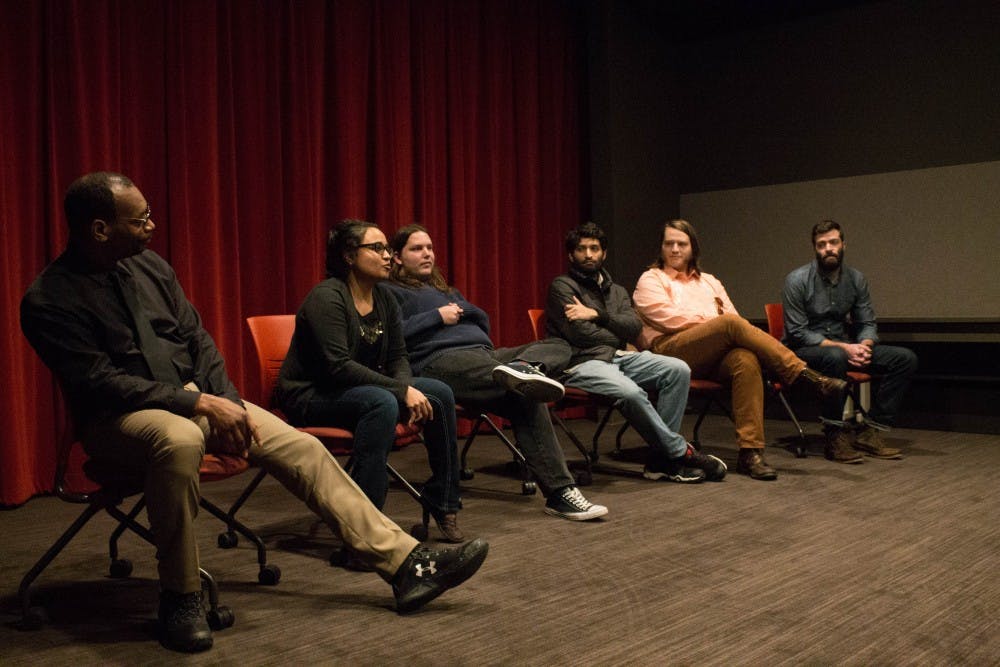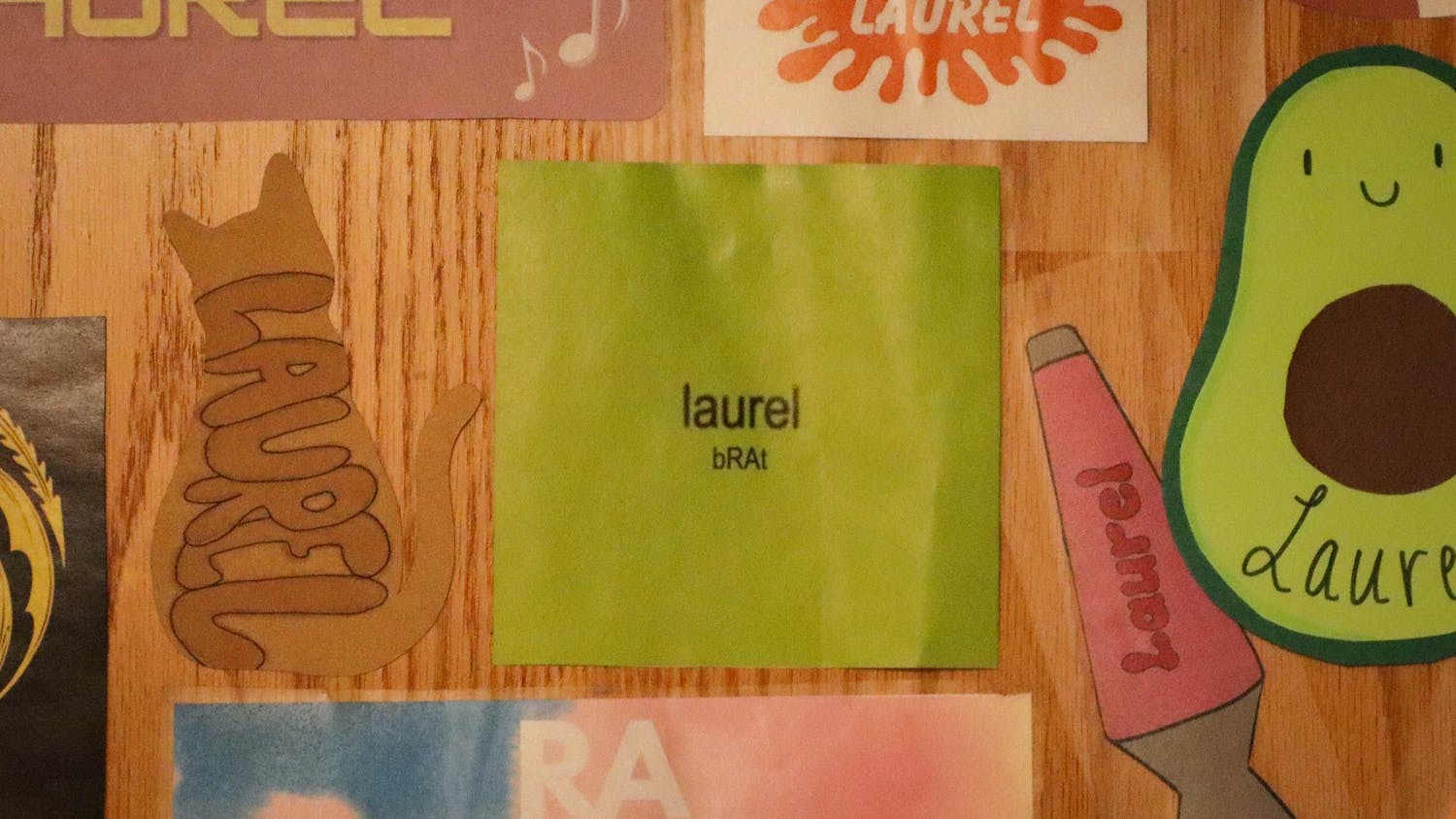The lights dim, and the audience is plunged into pitch black — the moments before a film screening are always the same. One thing that was special about the screening Nov. 2 was that the films shown were all created by graduate students at IU.
Graduate students in the Media School screened their films in the Moving Image Archive, at Herman B Wells Library, which had a special screening rooming for the event.
The work featured at the screening was created by Caleb Allison, Nandhini Giri, Matt Lutz, Sean Purcell, André Seewood and Navdeep Sharma.
Nandhini’s film, “Laya,” featured an Indian doll that magically comes to life and learns to dance. The doll dances the night away, exploring her newfound movement. The animated film was created with the help of game design students and the Jacobs School of Music.
“Dave’s All That Heaven Allows,” Lutz said, was filmed on a cheap camera. The footage was in black and white and had a blurred, shaky effect. The plot of the film involved a group of people trying to summon the spirit of their recently deceased relative. The film was mostly silent, with just background noise, music and the voice of one man.
“I was borrowing a lot from Samuel Beckett and the 'Theatre of the Absurd' with the figure of the bumbling patriarch and how his power is presented, but not in an effective way,” Lutz said about the male character's voice. “Only giving him the voice was a way to work with that.”
“The Vivisected Earth” was the title of Purcell’s film. It involved a montage of archived footage and some other abstract visuals. There were two monologues throughout the film discussing things like landscape, wilderness, humanity and dreams.
Allison's film, titled “Video Eyes of Plan 9” featured the local Plan 9 Video Emporium. The film was in black and white and had no sound. The main character rented an old VHS called “Eyes Without a Face" and as she watches the film something peculiar happened. Allison used a technique that involved scratching out parts of the frame on the film strip to show white scratch marks on the character's face and other objects.
“If you’ve been to Plan 9 Video, you know how special it is, and also how fleeting and rare they are becoming,” Allison said. “There’s something kind of magical about the environment there.”
Seewood imagined the future for his film “Time Sphere,” which takes place after World War III in an underground bunker. The characters find out they can go back in time to say goodbye to their loved ones, but they will die once they return to the present. Seewood used multiple camera stills to create the film frame by frame and worked with a composer from the Jacobs School of Music to create the score for the film.
Navdeep showed a snippet of a documentary he worked on about a genderqueer student in New Delhi, India. It was composed of behind-the-scenes footage that did not make it into the finished documentary. The footage involved a discussion about LGBTQ school children, and how they feel about the subject.
“Having a camera in a discussion like this not only serves to document it but also it lets you see certain truths that might otherwise be missed,” Navdeep said.




